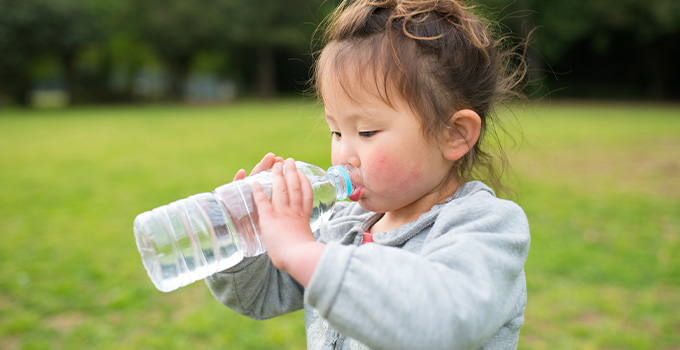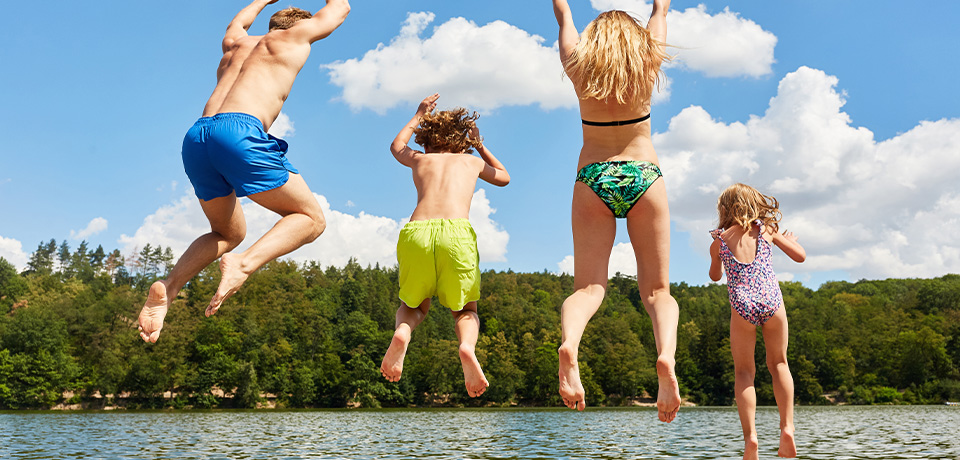Hot summer days are here and we're spending a lot of time outdoors. Do you know how to recognize the signs of heat exhaustion and heat stroke?
We talked to Cheryl Hier, Pharmacy Manager at Leduc Co-op in Alberta, about what you need to know to beat the heat.
What is heat exhaustion?
Heat exhaustion is a condition caused by exposure to high temperatures and high humidity, strenuous physical activity, dehydration and alcohol use.
"It's one of three heat-related syndromes, with heat cramps being the mildest and heat stroke being the most severe," explained Hier.
Symptoms may include heavy sweating, a rapid pulse, nausea or vomiting, tiredness or weakness, headache, dizziness and fainting which is a result of your body overheating. Without prompt treatment, heat exhaustion can lead to heat stroke, a life-threatening condition.

How should heat exhaustion be managed?
In most cases, you can treat heat exhaustion yourself by doing the following:
- Rest in a cool place. Getting into an air-conditioned building is best, but at the very least, find a shady spot or sit in front of a fan. Rest on your back with your legs elevated higher than your heart level.
- Rehydrate by drinking cool fluids. Stick to water or sports drinks. Don't drink any alcoholic beverages, which can contribute to dehydration.
- Attempt cooling measures like a cool shower, soak in a cool bath, or putting towels soaked in cool water on your skin. If you're outdoors and not near shelter, soaking in a cool pond or stream can help bring your temperature down.
- Loosen clothing. Remove any unnecessary clothing and make sure your clothes are lightweight and non-binding.
- "If you don't begin to feel better within one hour of using these treatment measures, or if you are vomiting or symptoms worsen, seek prompt medical attention," said Hier.
What is heat stroke?
Heat stroke is caused by your body overheating, usually as a result of prolonged exposure to or physical exertion in high temperatures. This most serious form of heat injury can occur if your body temperature rises to 104°F (40°C) or higher, and it's most common in the summer months.
Heat stroke signs and symptoms include:
- A high core body temperature of 40°C or higher
- Altered behavior like confusion, delirium or seizures
- Nausea or vomiting
- Headache
- Red, hot, dry or flushed skin
- Rapid breathing and heart rate
How should heat stroke be managed?
If you think a person may be experiencing heat stroke, seek immediate medical help. Call 911 or your local emergency services number. You should also take immediate action to cool the overheated person while waiting for emergency treatment by getting the person to a cooler place or helping to lower the person’s temperature with cool cloths or a cold bath. However, you should not give the person anything to drink.
With these safety tips in mind, you're ready for a cool summer. And remember, your Co-op pharmacist can answer your questions about heat injury.






